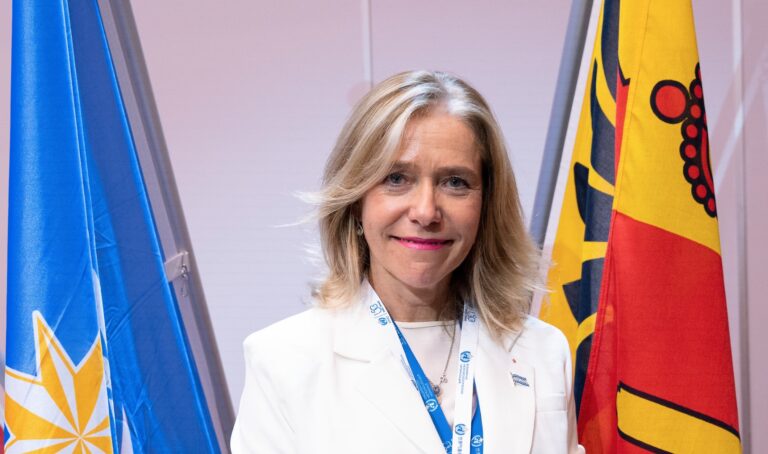Prof. Celeste Saulo of Argentina has been appointed the first female secretary-general of the World Meteorological Organization (WMO).
Saulo has been director of the National Meteorological Service of Argentina since 2014 and is currently the first vice-president of the WMO. She will take office on January 1, 2024, and succeeds Prof. Petteri Taalas, who has completed his two-term mandate. Saulo was appointed after receiving the requisite two thirds majority of votes from delegates at the quadrennial World Meteorological Congress, the top decision-making body of the 193-member WMO.
The Congress is also due to elect the WMO president, vice-presidents and its Executive Council.
Saulo said, “In these times when inequality and climate change are the greatest global threats, the WMO must contribute to strengthening the meteorological and hydrological services to protect populations and their economies, providing timely and effective services and early warning systems.
“My ambition is to lead the WMO towards a scenario in which the voice of all members is heard equally, prioritizing those most vulnerable and in which the actions it undertakes are aligned with the needs and particularities of each one of them.”
Saulo was elected as a member of the WMO Executive Council in June 2015. In April 2018, she was elected as second vice-president for WMO and, in June 2019, she was elected first vice-president, becoming the first woman to hold the office. Prior to that, Saulo was a member of various WMO expert scientific panels.
Until 2018, she was a member of the Scientific Steering Committee for the World Weather Research Program (WWRP). She has also been a member of the Working Group on Seasonal to Interannual Prediction and of the WCRP/CLIVAR Panel for the Variability of the American Monsoon Systems.
Her research has been key to better understanding the South American Monsoon System, and the associated patterns of precipitation and circulation during the warm season. In the last few years, she deepened her activity on interdisciplinary problems such as wind energy production, agricultural applications, and early warning systems.
She has authored or co-authored more than 60 peer-reviewed scientific journal articles and book chapters. She supervised many students both at the undergraduate and graduate levels and acted as principal investigator in 23 research projects financed by national and international agencies.
Her vast teaching experience has been mainly related with numerical weather prediction, atmosphere dynamics and thermodynamics, mesoscale meteorology, cloud dynamics and cloud microphysics.



